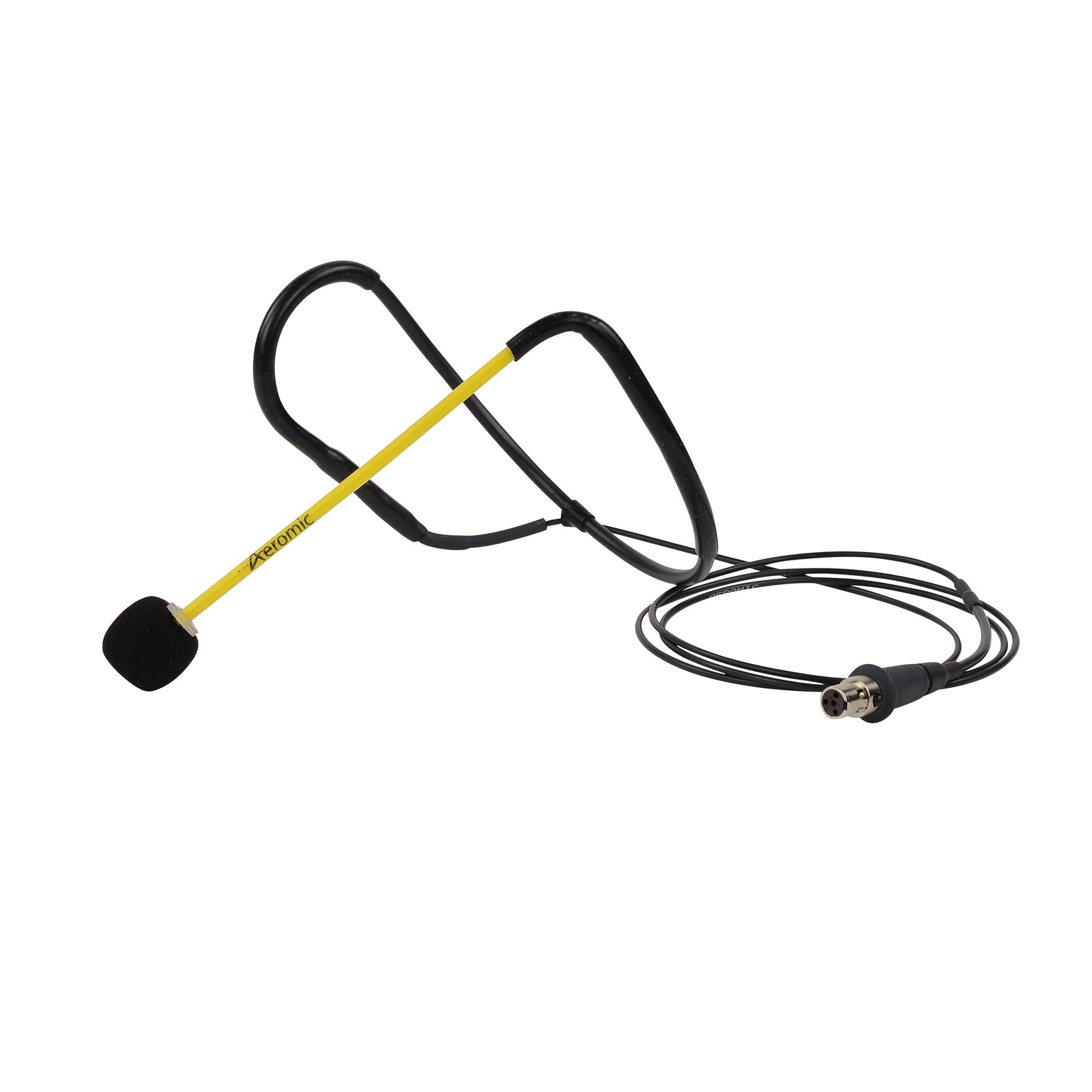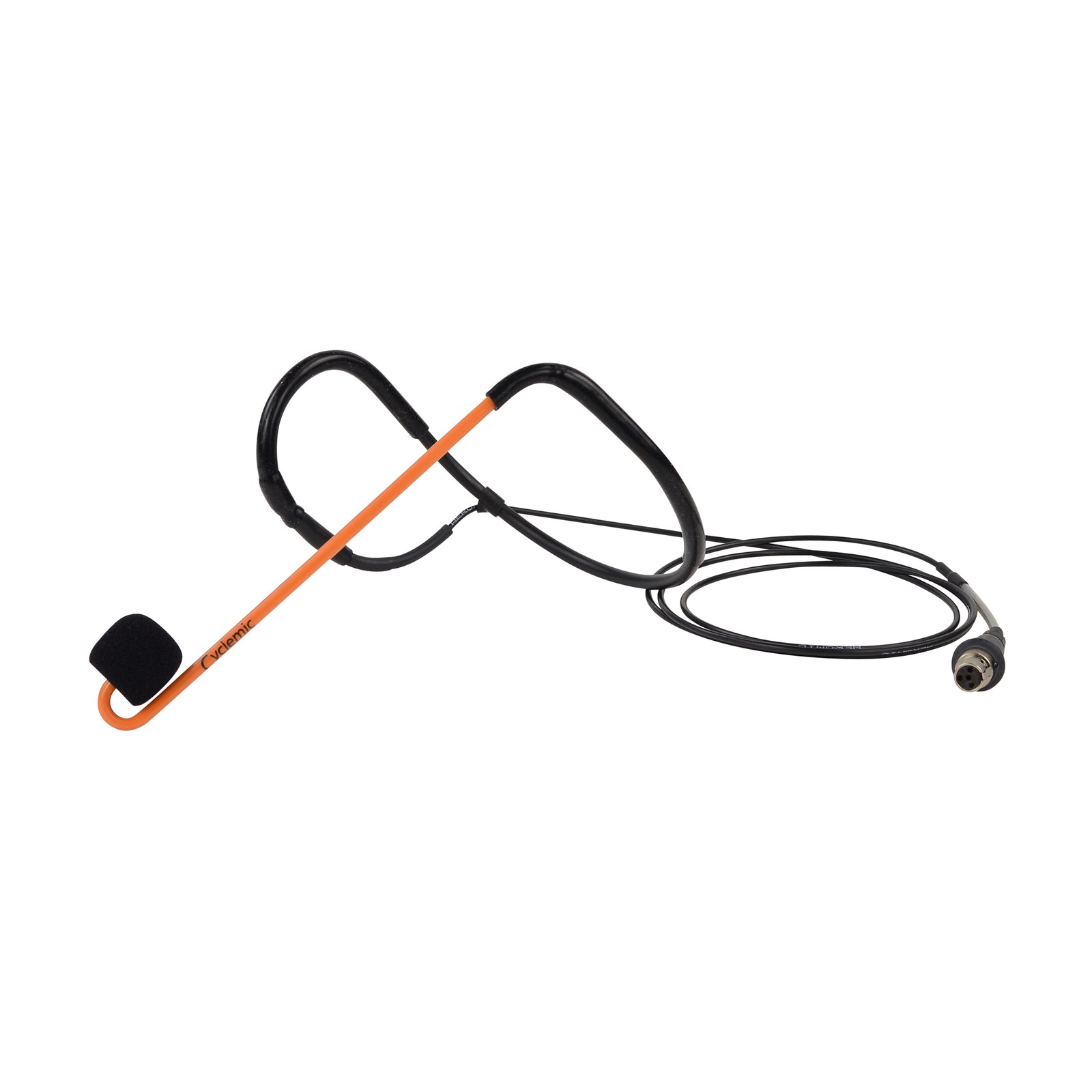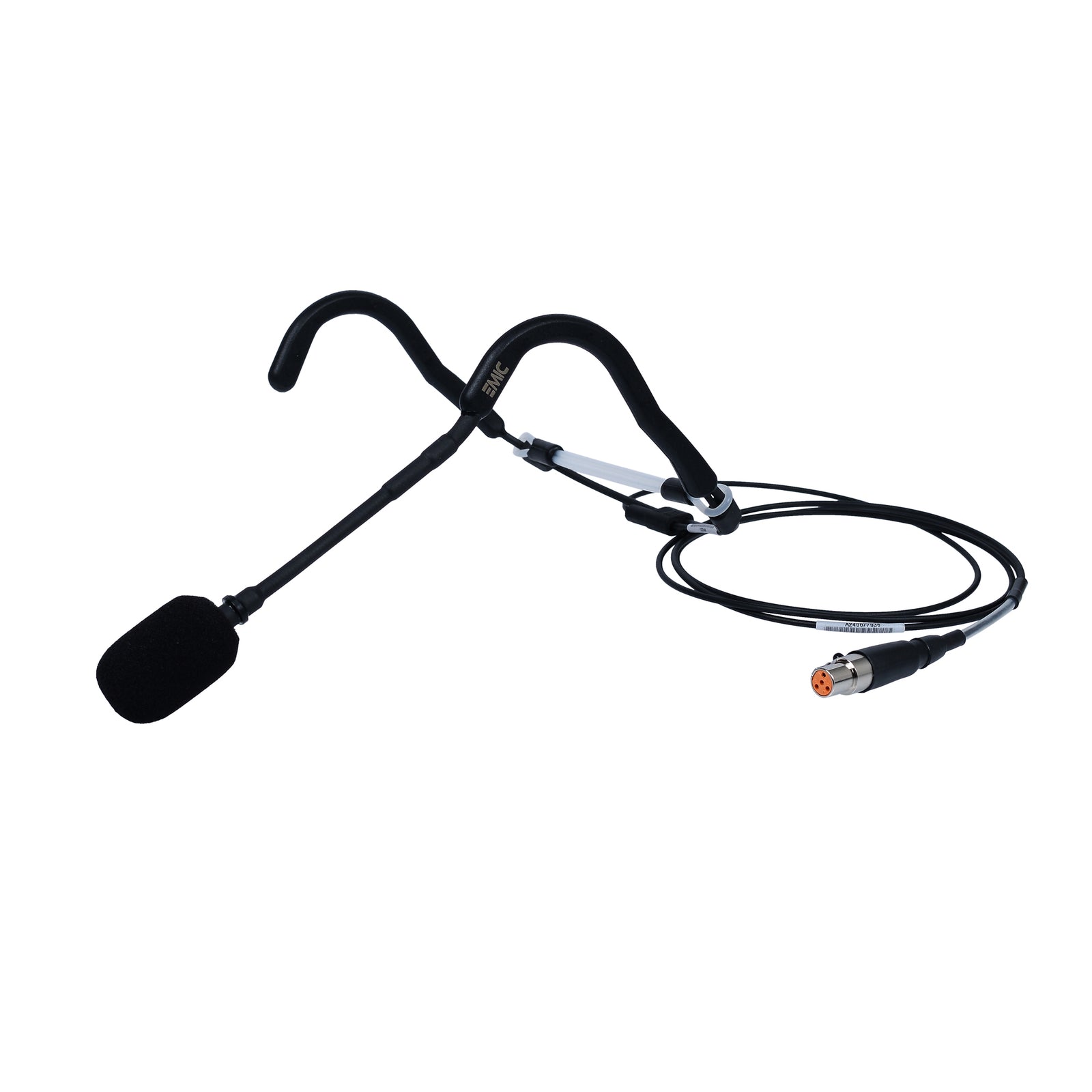That’s not such a silly statement when you think about it – let’s look into it a bit deeper. Noise in the Workplace is not just about factory machinery humming and whirring at high levels or tradesmen wielding Angle Grinders or drilling holes in concrete floors – the National Acoustics Lab Information Sheet on Noise Exposure says this:
“The ear cannot distinguish between noise produced by work activities, even though leisure noise may bring a lot of pleasure. Currently there are no specific regulations that control the amount of noise to which patrons are exposed at any entertainment, dance or music venue (which would include Aerobics and Cycling Studios – jp). Indirectly there may be some control through Occupational Health and Safety (OHS) legislation. In general it is up to the patrons to avoid hazardous noise areas (no matter how good the music may be!!)”
What I take this to mean is that the official noise level guidelines cover all members attending a class as well as club employees of any kind, even if they only work in this environment for just than one hour a day leading a group fitness session. The Instructor also has a responsibility to others in their ”workplace”, they need to be correctly advised by management on how loud they can push each sound system they might use. If the Instructor is setting the volume at too loud a level and a member complains about “ringing in the ears” afterwards then they have the legal responsibility for this, along with the club.
So how loud is too loud in the OH&S world we live in?
Well, each State & Territory of Australia has its own laws, but the national standard is set by Worksafe Australia and the standard is currently 85dB(A) for an eight hour exposure of continuous noise (which could mean background music plus treadmills, bikes whirring etc) and for each one hour fitness class, run by a different instructor with different participants in a dedicated studio, the sound level should average no more than 94dB(A). Let me explain a little more, when we say average that does not account for the shouts of “4 more”, the occasional sound peak like a holler or a whistle that goes over the 94dB level – we are talking about constant level noise exposure that we call an average noise dosage. You can see high average levels of music on many fitness cds if you were able to meter them – they hit the red line from the opening riff and stay there - all musical energy, pounding bass, plenty of percussion filling every available air space and no relief in sight until the cool down song at the CD’s end. I’m sure you know what I mean – well that music is made to be loud but it’s dynamically lacking because it’s all just loudness for 50 minutes, there’s no light and shade to give your ears a rest as you work those bodies and to lower that average dosage.
A recent survey conducted on behalf of Australian Hearing found out of 300 older Australians with hearing loss, 80% per cent of men considered workplace noise as a major factor. “Once your hearing has been damaged it cannot be restored” says NAL’s Research Director, Harvey Dillon, “too much noise for too long – whether it’s just noise or whether it’s sound you want to listen to like music – too much for too long and you’ll get a hearing loss that’s irreversible!” He also added that listening to an MP3 Player at full volume through earbuds or headphones can be like having a chainsaw working next to you and is concerned that today’s Gen Y-ers will be deaf before retirement age because of this leisure noise exposure.
So what can be done about it in a simple, practical sense?
Well knowledge is power and every club should own a reasonably accurate decibel meter and know what the typical SPL levels are in all areas of their club. Take and record regular measurements (a quarterly audio audit if you like) of the sound levels that each instructor teaches at and give them feedback if they’re too loud for their own good. Just measuring about 1m off of a side wall between speakers at head height so you’re not measuring direct sound will be a good start. If it’s consistently too high then maybe an investment in the SoundEar SPL Monitoring Panel linked to a Fitness Audio Aeromix 2+2DC mixer can hand control of the audio output to the SoundEar Panel. Set the SoundEar at 100dB and hang it on a side wall to measure reflected sound and if it hits the 100dB RED WARNING Light for 5 seconds it’ll tell the Aeromixto shut the sound down for an adjustable 6 to 60 seconds recovery time and the music volume will have to be turned down to avoid a repeat cut out. Hard but fair – learn to mix to the amber light is our advice with this product combination.
However, the main point I want to make is to encourage instructors to learn how to turn up the intensity of their classes without turning up the volume so high it hurts their ears. Group Fitness Instructors are in the front line for prospective hearing damage and they control the noise environment they work in so they can do something about it – just turn it down a touch!
View our full range of loudness monitoring devices
“The ear cannot distinguish between noise produced by work activities, even though leisure noise may bring a lot of pleasure. Currently there are no specific regulations that control the amount of noise to which patrons are exposed at any entertainment, dance or music venue (which would include Aerobics and Cycling Studios – jp). Indirectly there may be some control through Occupational Health and Safety (OHS) legislation. In general it is up to the patrons to avoid hazardous noise areas (no matter how good the music may be!!)”
What I take this to mean is that the official noise level guidelines cover all members attending a class as well as club employees of any kind, even if they only work in this environment for just than one hour a day leading a group fitness session. The Instructor also has a responsibility to others in their ”workplace”, they need to be correctly advised by management on how loud they can push each sound system they might use. If the Instructor is setting the volume at too loud a level and a member complains about “ringing in the ears” afterwards then they have the legal responsibility for this, along with the club.
So how loud is too loud in the OH&S world we live in?
Well, each State & Territory of Australia has its own laws, but the national standard is set by Worksafe Australia and the standard is currently 85dB(A) for an eight hour exposure of continuous noise (which could mean background music plus treadmills, bikes whirring etc) and for each one hour fitness class, run by a different instructor with different participants in a dedicated studio, the sound level should average no more than 94dB(A). Let me explain a little more, when we say average that does not account for the shouts of “4 more”, the occasional sound peak like a holler or a whistle that goes over the 94dB level – we are talking about constant level noise exposure that we call an average noise dosage. You can see high average levels of music on many fitness cds if you were able to meter them – they hit the red line from the opening riff and stay there - all musical energy, pounding bass, plenty of percussion filling every available air space and no relief in sight until the cool down song at the CD’s end. I’m sure you know what I mean – well that music is made to be loud but it’s dynamically lacking because it’s all just loudness for 50 minutes, there’s no light and shade to give your ears a rest as you work those bodies and to lower that average dosage.
A recent survey conducted on behalf of Australian Hearing found out of 300 older Australians with hearing loss, 80% per cent of men considered workplace noise as a major factor. “Once your hearing has been damaged it cannot be restored” says NAL’s Research Director, Harvey Dillon, “too much noise for too long – whether it’s just noise or whether it’s sound you want to listen to like music – too much for too long and you’ll get a hearing loss that’s irreversible!” He also added that listening to an MP3 Player at full volume through earbuds or headphones can be like having a chainsaw working next to you and is concerned that today’s Gen Y-ers will be deaf before retirement age because of this leisure noise exposure.
So what can be done about it in a simple, practical sense?
Well knowledge is power and every club should own a reasonably accurate decibel meter and know what the typical SPL levels are in all areas of their club. Take and record regular measurements (a quarterly audio audit if you like) of the sound levels that each instructor teaches at and give them feedback if they’re too loud for their own good. Just measuring about 1m off of a side wall between speakers at head height so you’re not measuring direct sound will be a good start. If it’s consistently too high then maybe an investment in the SoundEar SPL Monitoring Panel linked to a Fitness Audio Aeromix 2+2DC mixer can hand control of the audio output to the SoundEar Panel. Set the SoundEar at 100dB and hang it on a side wall to measure reflected sound and if it hits the 100dB RED WARNING Light for 5 seconds it’ll tell the Aeromixto shut the sound down for an adjustable 6 to 60 seconds recovery time and the music volume will have to be turned down to avoid a repeat cut out. Hard but fair – learn to mix to the amber light is our advice with this product combination.
However, the main point I want to make is to encourage instructors to learn how to turn up the intensity of their classes without turning up the volume so high it hurts their ears. Group Fitness Instructors are in the front line for prospective hearing damage and they control the noise environment they work in so they can do something about it – just turn it down a touch!
View our full range of loudness monitoring devices







